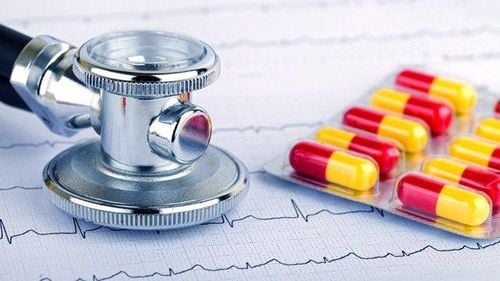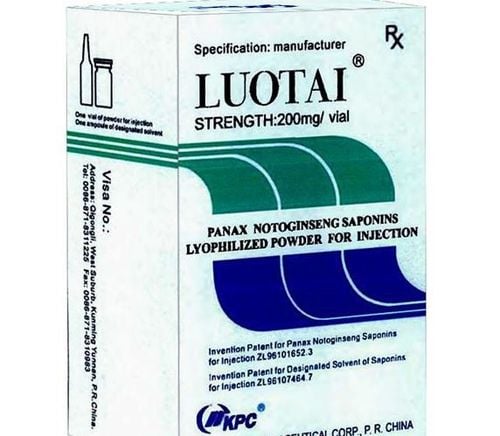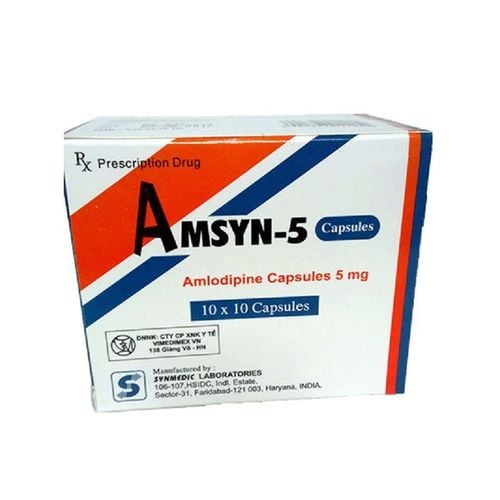This is an automatically translated article.
The article was professionally consulted by Specialist Doctor II Nguyen Quoc Viet - Department of Medical Examination & Internal Medicine - Vinmec Danang International General Hospital. The doctor has more than 20 years of experience in the examination and treatment of cardiovascular diseases and Cardiovascular Interventions (Including angiography, dilation, stenting of coronary arteries, renal arteries...), placing temporary pacemakers , forever...Myocardial ischemia, also known as ischemic heart disease, is the leading cause of death among cardiovascular diseases. Understanding the causes of myocardial ischemia and myocardial ischemia will help prevent and detect this disease early, minimizing the risk of unpredictable complications.
1. Overview of ischemic heart disease
The coronary arteries are the network of blood vessels that surround the heart, supplying oxygen-rich blood to the heart. Myocardial ischemia (also known as ischemic heart disease, coronary heart disease) is a partial or complete blockage of a coronary artery, reducing blood flow to the heart. When blood is not regenerated in time, an area of the heart can become necrotic - also known as a myocardial infarction. The most dangerous complication of ischemic heart disease is sudden death from myocardial infarction or from ventricular fibrillation.Ischemic heart disease is divided into 2 types:
The form without chest pain: Also known as silent ischemic heart disease, it is common in people with diabetes or elderly people with a history of cardiovascular disease. When having silent ischemic heart disease, the patient does not feel chest pain and only detects the disease when diagnosed by electrocardiogram. Patients have a high risk of heart attack complications or sudden death due to not detecting and treating the disease early.
May have chest pain: In the early stages, symptoms of chest pain only appear when working hard, having strong emotions or under too cold weather. Later on, the patient may feel chest pain even at rest. Patients often have left chest pain in front of the heart, discomfort, heaviness in the chest, pressure in the back of the sternum spreading to the jaw, neck, left shoulder and left arm; accompanied by feelings of anxiety, nervousness, shortness of breath, nausea and vomiting, dizziness, sweating,...
Frequency of pain varies: every few weeks, every few months or several times a day , the duration of pain usually lasts from a few seconds to a few minutes, not more than 5 minutes. Patients need to be monitored and treated aggressively to prevent the risk of myocardial infarction.
Ischemic heart disease is diagnosed by methods such as: electrocardiogram, echocardiogram, coronary angiography with contrast pump,... The treatment of the disease requires a combination of lifestyle changes. and take medication as prescribed by your doctor.

2. Causes of myocardial ischemia
To prevent and treat myocardial ischemia effectively, it is necessary to identify the cause of myocardial ischemia. In particular, the common causes include:Coronary artery disease: This is the most common cause of myocardial ischemia, accounting for more than 90% of the time due to the accumulation of cholesterol and calcium in the coronary arteries. Over time, the plaque thickens, narrowing and hardening the arteries, reducing blood flow to the heart. As a result, the heart muscle does not receive enough oxygen and nutrients, causing symptoms such as angina attacks, heaviness or discomfort in the chest.
Thrombosis in the coronary artery: Most blood clots (blood clots) in the coronary artery are caused by the rupture of atheroma, forming blood clots that obstruct blood flow through the coronary artery to nourish. heart. Thrombosis is the main culprit in unstable angina and heart attacks.
Coronary spasm (microvascular disease): Coronary microvascular disease is the cause of myocardial ischemia and angina even when the coronary arteries are not narrowed.
According to this cause, dysfunction of the endothelium (inner lining of blood vessels) in the coronary microvasculature (including small blood vessels and capillaries) causes the small blood vessels in the heart to constrict suddenly instead of because it must dilate at the right time, blocking the flow of blood to supply oxygen to the heart, causing myocardial ischemia.
3. Factors that increase the risk of ischemic heart disease
Some risk factors have the potential to cause angina, leading to ischemic heart disease, including:Smoking habits: It is a cause of hardening of the artery walls, increases the risk of blood clots, leads to to myocardial ischemia; High blood pressure: If blood pressure is too high for a long time, it can lead to atherosclerosis, damage to the coronary arteries, reduce blood supply to the heart, causing myocardial ischemia; Diabetes: Likely to cause many heart problems such as myocardial ischemia, myocardial infarction,...; Overweight, obesity: Too much body weight can cause diabetes, high blood pressure and increase the risk of ischemic heart disease; Inactivity: Lack of physical activity, lazy to practice sports also increase the risk of myocardial ischemia; Other causes: Exercising, extreme cold, prolonged psychological stress, cocaine use,...

4. Solutions to improve myocardial ischemia
Use of therapeutic drugs or surgical interventions; Quit smoking because nicotine in cigarette smoke causes coronary spasm, coronary atherosclerosis; Lose weight if you are overweight or obese because if you are overweight, your heart will have to work harder, easily leading to heart failure and other potential diseases; Have a scientific diet, reduce salt and lower cholesterol because they aggravate the condition of atherosclerosis. At the same time, you should increase your intake of green vegetables, fresh fruits, whole grains, nuts because they contain a lot of soluble fiber, antioxidants, reduce inflammation; Reduce nervous tension to reduce myocardial oxygen demand, inhibit the activation of inflammatory factors in the vascular lumen. At the same time, a comfortable mood also helps blood vessels to relax, reduce coronary spasm, improve coronary circulation; Increase exercise and sports, choose exercises suitable for health to improve blood circulation, reduce blood clot formation, help enhance heart function; Check blood pressure, blood cholesterol and blood sugar regularly to promptly intervene and treat if there are abnormal signs.Please dial HOTLINE for more information or register for an appointment HERE. Download MyVinmec app to make appointments faster and to manage your bookings easily.














